Buying tires isn’t as straightforward as it once was. Depending on your needs, you need to choose suitable attributes such as speed rating, load rating, dimensions, rubber compounds, tread pattern, and profile.
Low-profile tires have been around since the 60s, they were an instant hit among BMW and Porsche owners.
These days they’re commonplace on sports cars and modified cars of all kinds, owing to their sleek aesthetic and flawless performance on the track.
But what is considered a low-profile tire? How do they stack up against regular tires? What are their pros and cons? In this article, we’ll answer all these questions and then some.
What Are Low-Profile Tires?

When it comes to measuring tire dimensions, profile refers to the ratio of height-to-width of your tire.
Low-profile means that the tire has a lower height-to-width ratio, or in Layman’s terms, it has less sidewall. This is why wheels look bigger when installed on low-profile tires.
Generally, low-profile tires and big wheels are seen on higher-performance cars and supercars. Some performance cars go up to 22″ wheels nowadays, which requires a lower profile tire to fit inside the fenders.

Installing 22s on a car that’s not designed to accommodate that tire size will cause clearance issues.
This can be remedied to some extent by rolling your fenders, experimenting with wheel offset, and maybe even installing aftermarket control arms.

On the face of it, low-profile tires are an excellent way to improve the handling of your car, as well as improve the look if you throw in a new pair of rims for the tires to go around. However, it’s not quite that simple.
There are a few things to consider before you make the decision to go low-profile.
Low-Profile Tires vs Regular Tires
A low-profile tire, as mentioned above, has a smaller height-to-width ratio than a regular tire. The latter is what you might call “meatier,” as it has more height, which can also make wheels look smaller.
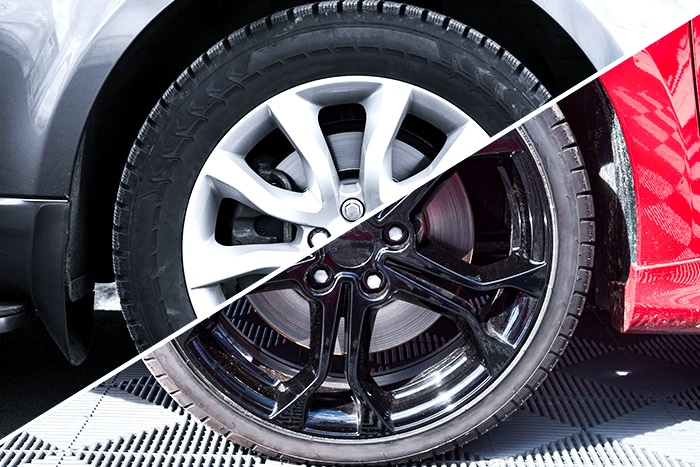
Regular tires can be used for just about any automotive application, but low-profile tires are generally high-performance items, designed to improve handling on smooth roads and race tracks.
Low-profile tires also tend to be more expensive, since they are wider and they are designed to fit larger-diameter wheels, not to mention being rated to handle higher speeds and extreme lateral forces.

One of the most obvious pros is the handling improvements. Just about every low-profile tire is more focused on performance in contrast to regular tires that prioritize comfort.
Low-profile tires provide more traction, better maneuverability, and enhanced steering responsiveness. They also make it easier to accommodate bigger brakes on sports cars. However, the disadvantages are definitely worth mentioning.
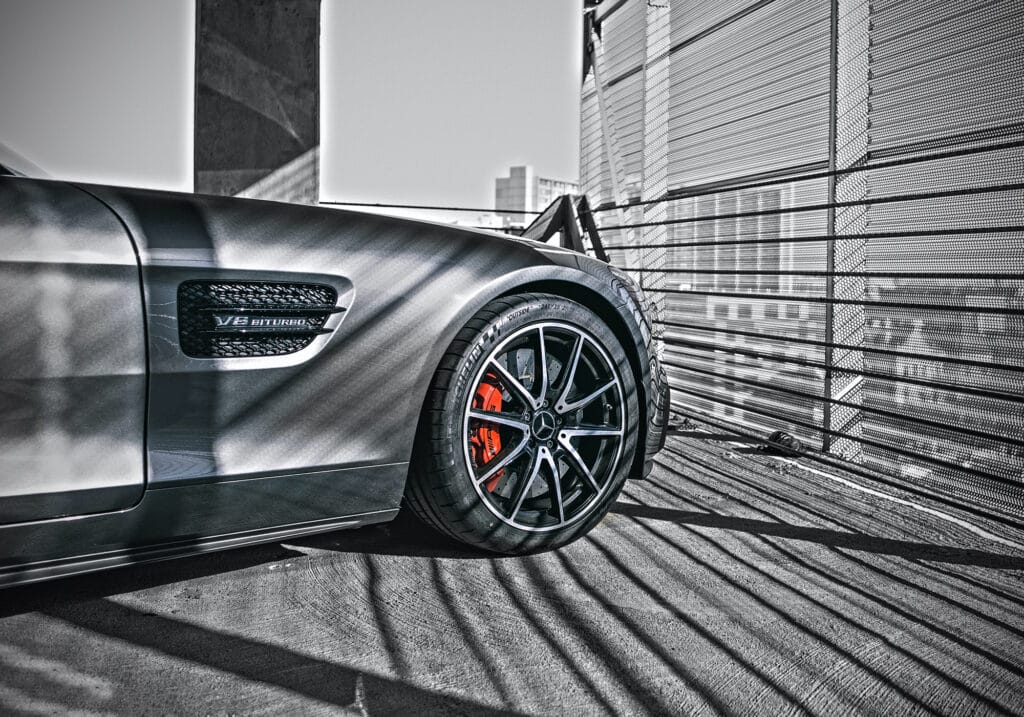
You’ll also need to pay close attention to some imperfections in the road because low-profile tires provide a smaller layer of rubber around the wheels to protect them from any sort of road imperfection damage.
The most common complaint with low-profile tires is that they do not protect your rims from hitting the curb as well as regular tires do.

One thing to remember when switching to a different wheel and tire combo is the difference in outer diameter.
If the outer diameter of your new setup is smaller than what it replaced, your odometer will click faster.
That’s because your wheels will need to travel a shorter distance to complete one rotation, which will cause your car’s mileage to shift a bit faster. If that’s the case, expect to see a tiny difference in ground clearance and ride height as well.
How to Tell if a Tire Is Low-Profile?
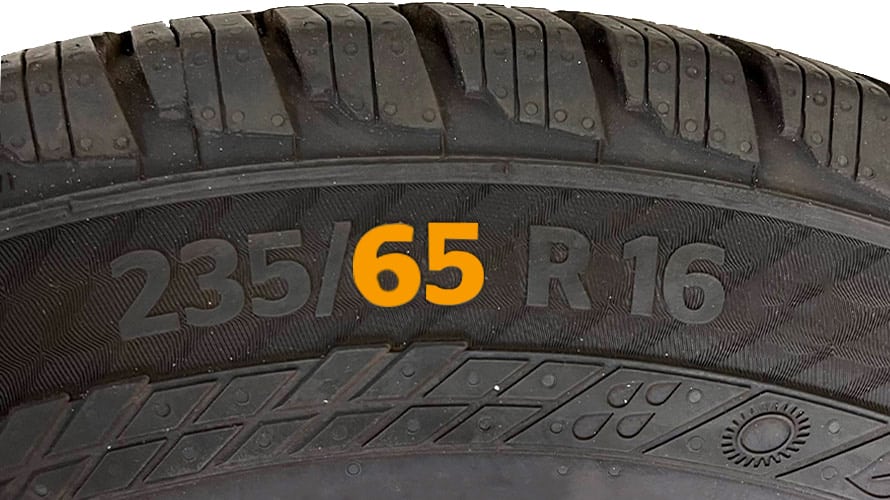
There are a few key ways to tell that a tire is low-profile. The easiest way is to look at the dimensions on the sidewall. Let’s say the number you’re looking at is 195/65R15.
The two-digit number after the forward slash is the tire profile, better known as the aspect ratio, in this case, 65. This would be a regular tire.
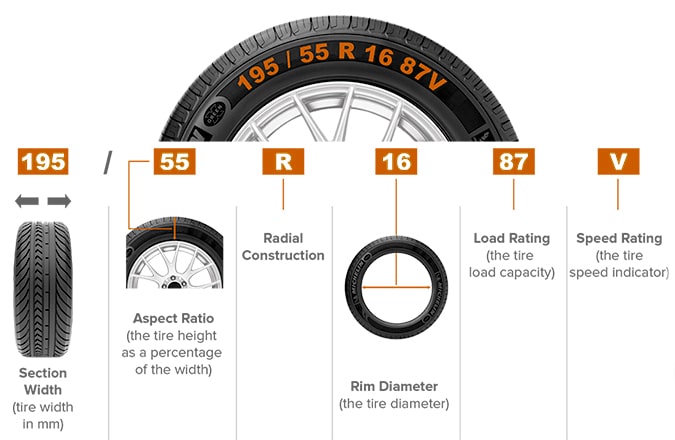
If the number goes below 50, that would be considered by most counts to be a low-profile tire. If you’re looking at something like a 225/45R19, that is a fairly low-profile tire.
The easiest way to spot a low-profile tire without looking at numbers is spotting how big the sidewalls are, and how large the wheels look. If there’s little sidewall and the wheels look sizeable, that’s definitely a low-profile tire.
Performance in the Snow

Are low-profile tires good in the snow? Not really.
You likely won’t feel the strain on a wet road if your tires have a directional tread pattern, but due to the lack of special tread designs and compounds in low-profile tires, they won’t inspire a ton of confidence.
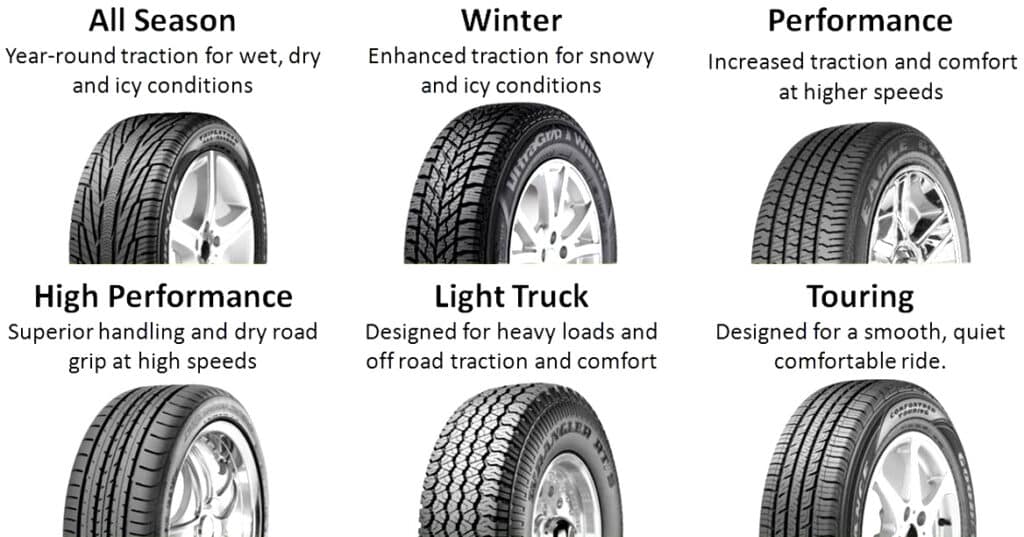
Regular tires handle the snow much better, especially the winter variety. They have special compounds and patterns that allow them to grip through mounds of snow properly.

Generally, the more sidewall and the less width you have, the better that tire will perform in the snow. As low-profile tires don’t really have much sidewall, the results are predictable.
That’s not to say you can’t drive on the snow with low-profile tires at all. You can, you just won’t have much traction, and you’ll have to take everything very slowly.
Do Low-Profile Tires Wear Out Faster?
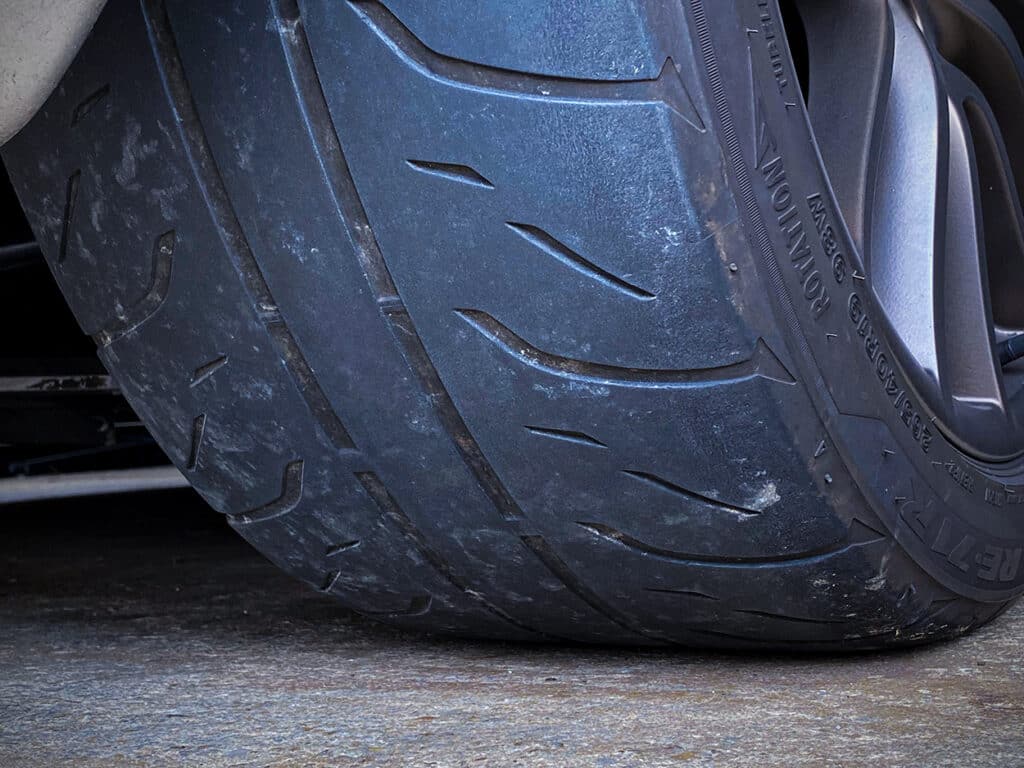
One common question that pops up all the time is, do low-profile tires wear out faster? Yes, they do, but it’s a multi-faceted answer that takes a lot of factors into account.
For instance, things such as not rotating your tires on time, failing to adjust your camber angle properly, incorrect caster angle, and wheel alignment issues, in general, will cause uneven or premature tire wear.
Corner balancing and tire balancing are also something you might want to consider.
The tire brand doesn’t really indicate faster or slower wear, but generally, higher-quality low-profile tires do last a little bit longer.
Because the wider tread pattern makes more contact with the surface you’re driving on, lower-profile tires generally wear out slightly faster than regular tires.
The road condition also plays a major part here. If you’re constantly subjecting your low-profile tires to sub-par roads, they will wear out faster.

There’s also the softness of the tire compound, the speed that you generally drive at, and the time of year.
Not to mention, spirited driving will also have a major effect, especially since low-profile tires encourage more dynamic driving due to their better handling characteristics.
If you want to be absolutely sure, you can always check the wear rating on the sidewall. The higher the three-digit number (not the width), the longer your tires will last. In any case, expect 40,000 to 50,000 miles out of a decent pair of low-profile tires.
Conclusion: Should You Buy Low-Profile Tires?
Finally, there’s the matter of pricing. Are low-profile tires more expensive than regular tires? More often than not, the answer is yes.

At first glance, this might seem confusing, as low-profile tires have a lot less sidewall than regular tires and less rubber as a result.
However, consider that they’re designed to accommodate larger wheels and to handle high-speed driving. Combine that with lower consumer demand, and you’ll see that low-profile tires are more expensive than regular tires.
To summarize, while low-profile tires will improve the look of your car and improve the handling, they do come at a few costs:
- Less traction in slippery conditions
- Low-profile tires ride rougher
- Higher pricing
- Faster wear
However, don’t let that discourage you. Cons aside, low-profile tires are not just a great way to improve your car’s handling and performance significantly, but also one of the easiest ways.
Without installing a single performance upgrade, a set of good-quality low-profile tires will noticeably change the way your car drives.

If you do track days regularly, you will definitely notice the difference. Hold off on the engine mods, start out with a good set of tires, and we can guarantee that you will feel a major difference.
What do you think about low-profile tires? Let us know by leaving a comment below! If you found this article useful, consider sharing it with friends and family. We appreciate your support!

![Wheel Backspacing Explained: Learn What It Is & How It Works [With Chart]](https://low-offset.com/wp-content/uploads/2023/10/wheel-backspacing-200x110.jpg)